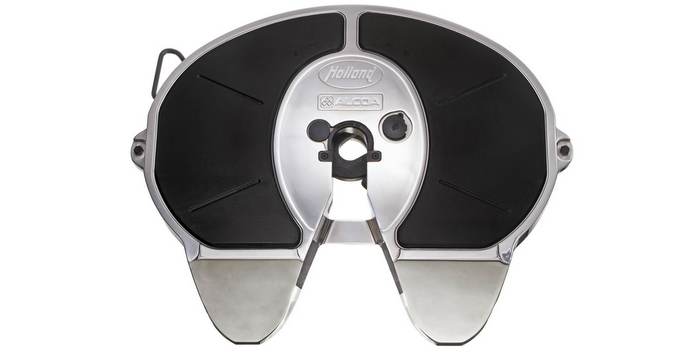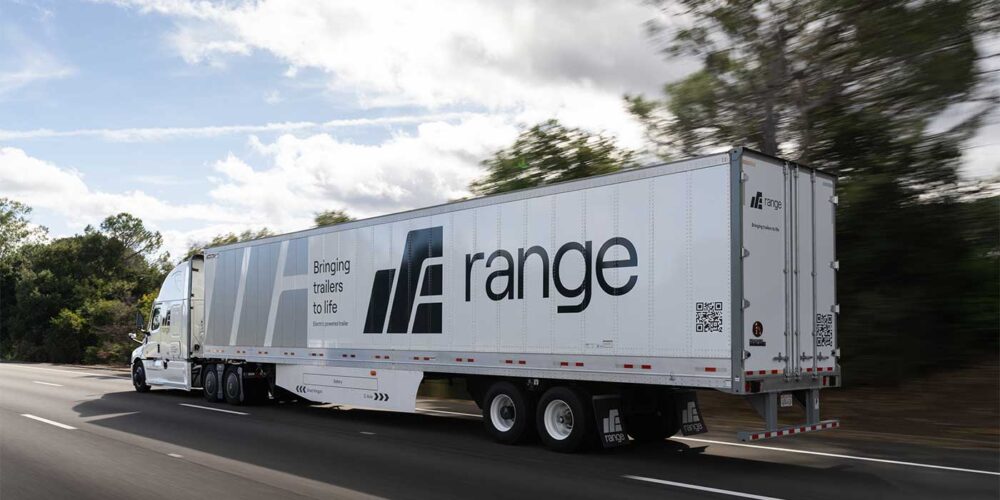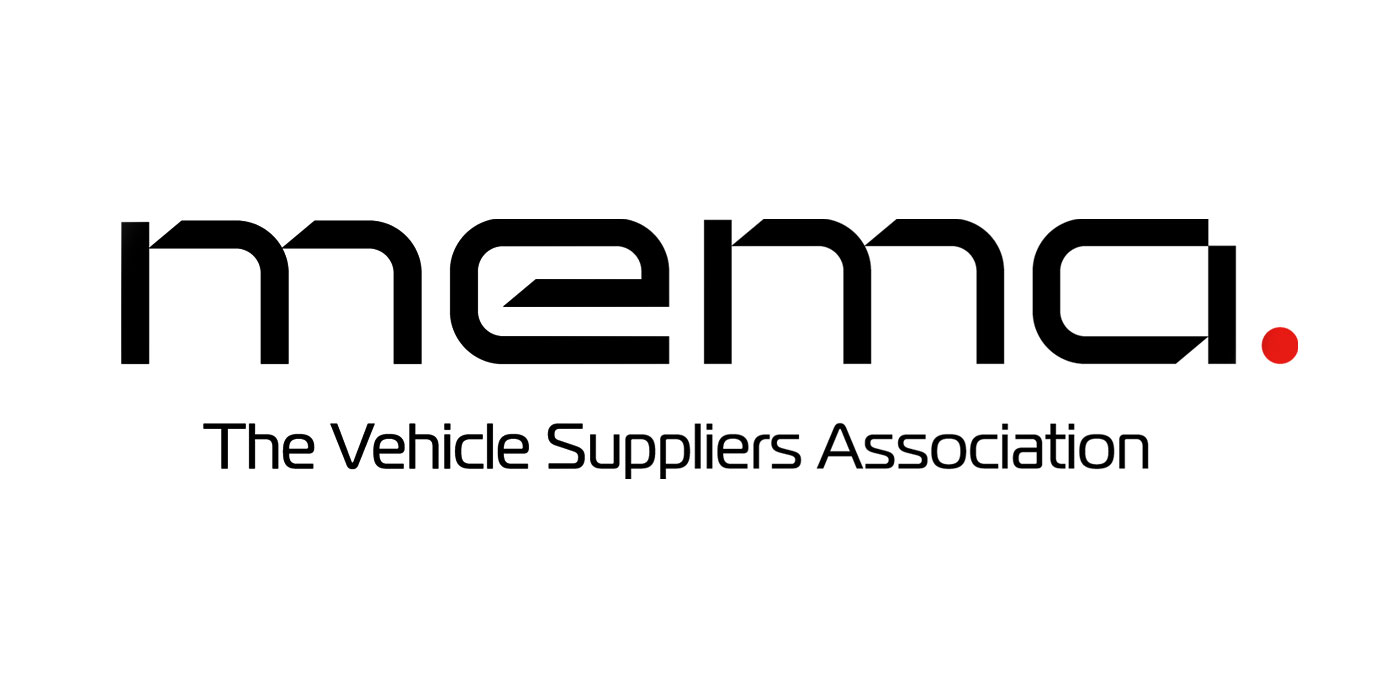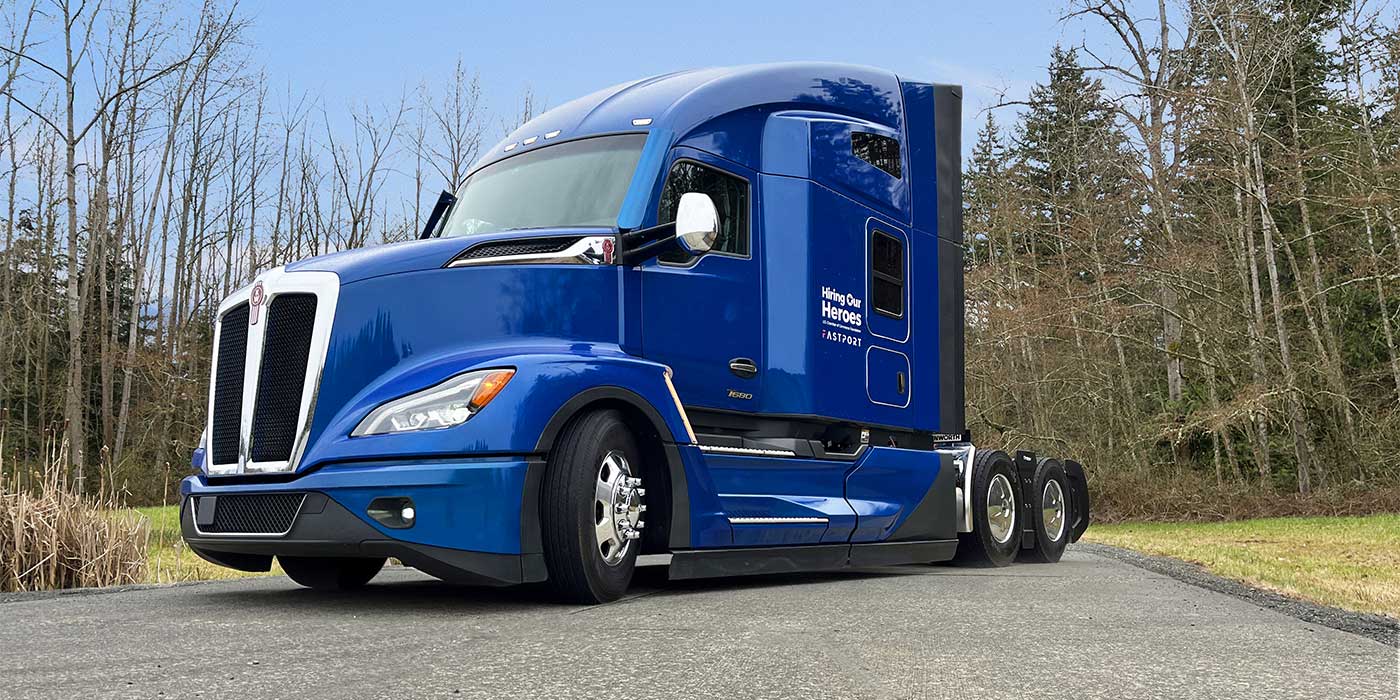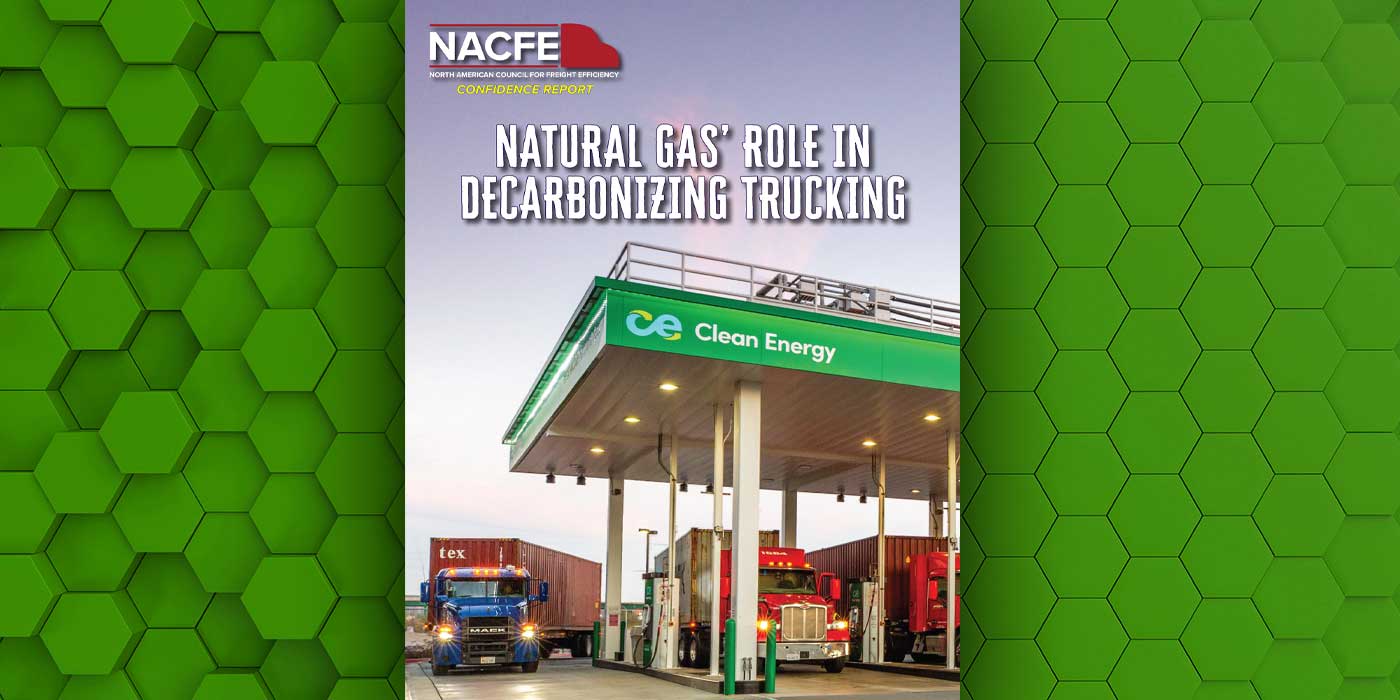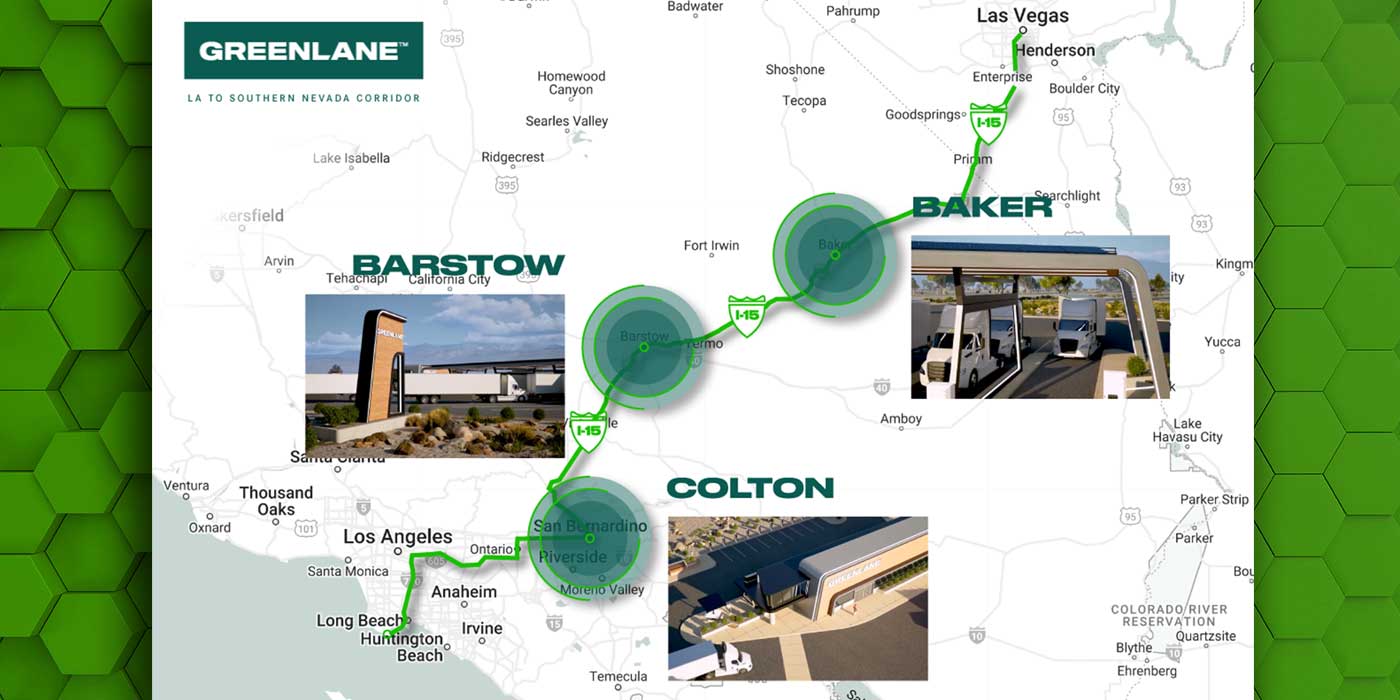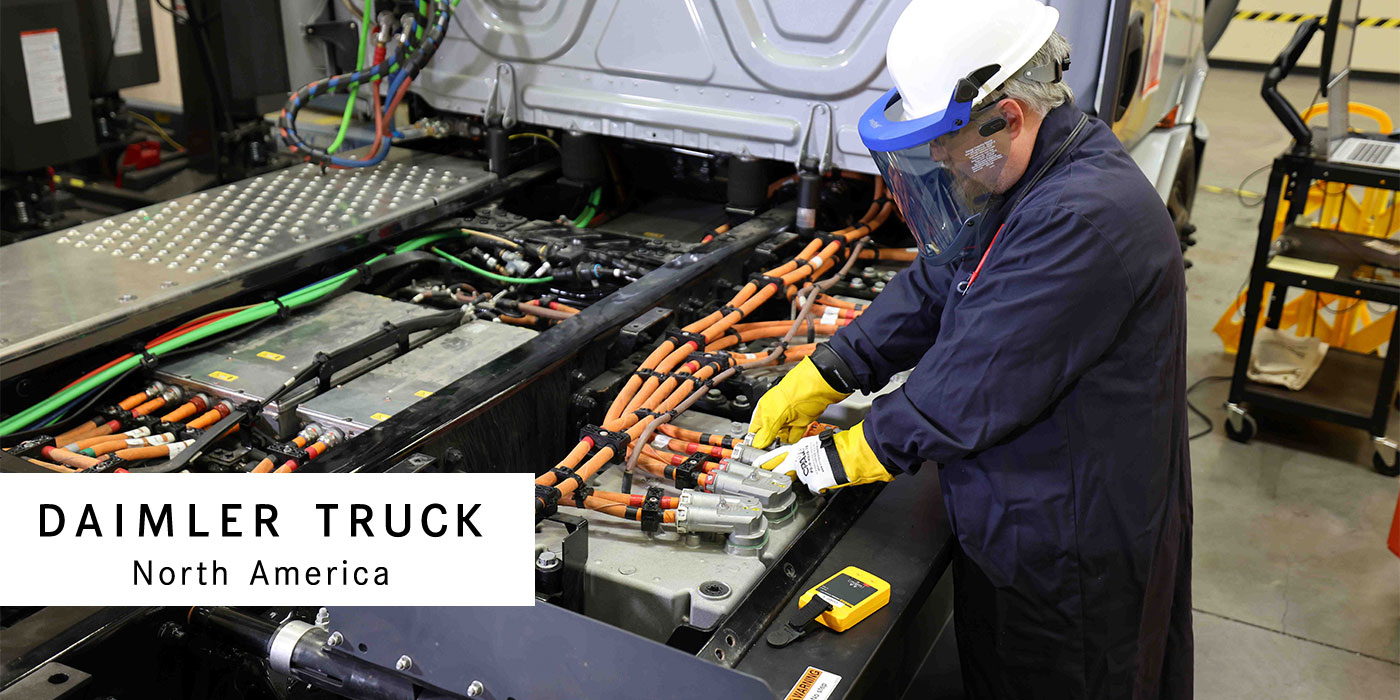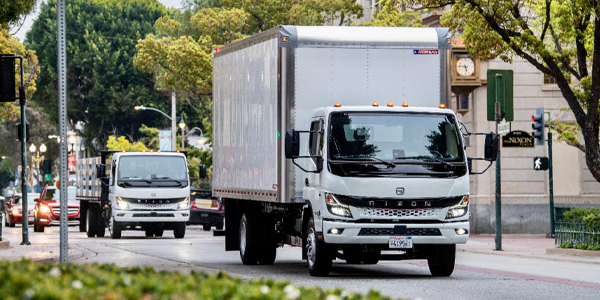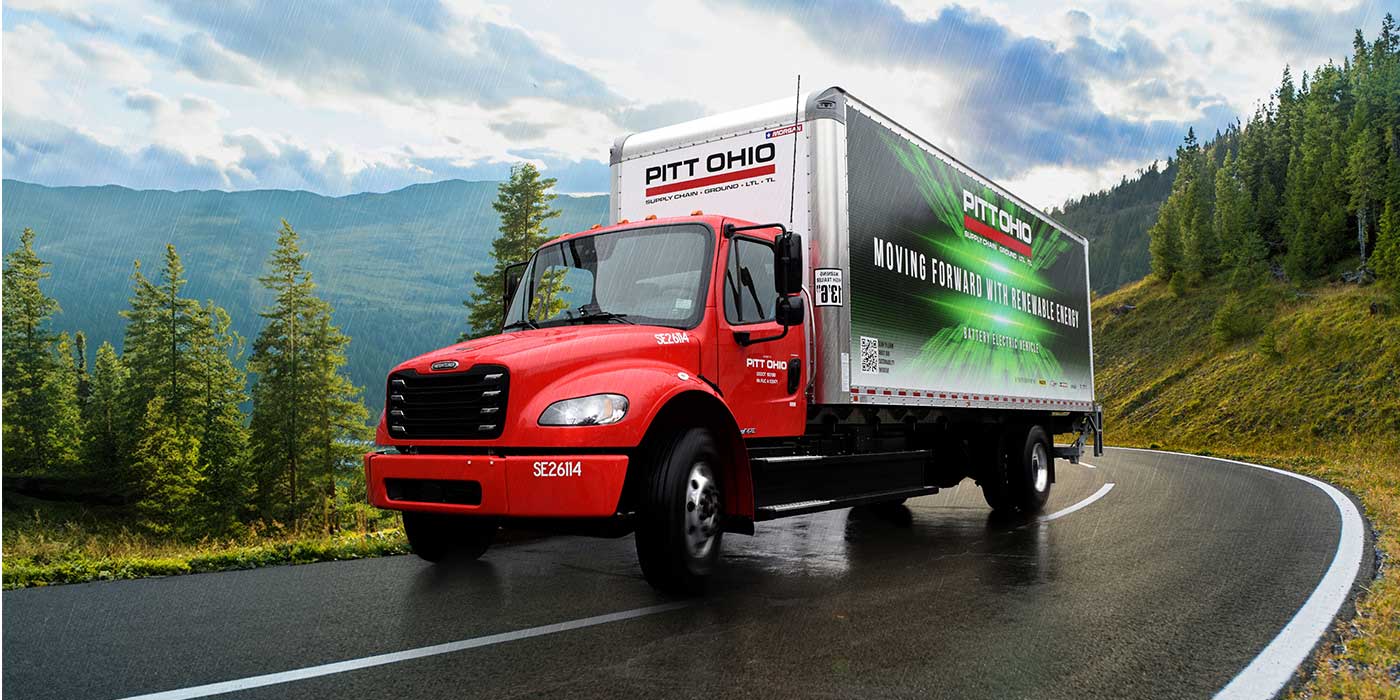When fleets spec lighter-weight components, it’s generally an attempt to offset increases in weight in other areas of the vehicle and/or increase their payload capacity. As a result, the savings in fuel comes in improved efficiency in the operation of the fleet—greater cargo capacity equals revenue per trip and more capacity may even mean less trips overall.
“We estimate that approximately 30 to 35% of the current truck market is looking for significant weight savings in their next truck purchase,” said Aaron Puckett, director of national fleet sales with Fontaine Fifth Wheel Co.
Many fifth wheel manufacturers such as SAF-Holland, Jost International and Fontaine Fifth Wheel. offer lighter-weight fifth wheel options, that provide anywhere from a 40- to 50-lb. weight reduction all the way up to a 100 lbs.

According to Puckett, most weight-saving fifth wheel options are best suited for over-the-road, standard-duty applications. As an example, he noted that bulk haul fleets spec lighter-weight components when weight reduction leads to increased payload. Fontaine is currently readying the Fontaine PML, a new stationary mount that offers up to 10 lbs. weight reduction, for launch this month. Last year, Fontaine launched the LWB slide system, a standard- to moderate-duty slide system that provided significant weight savings against comparable product offerings, according to the company.
Jost International touts its JSK36NSL top plate that offers a 30-lb. reduction from its cast ductile iron plates—an option that Daimler Trucks North America has announced will be a standard fifth wheel offering on all Freightliner models this summer. It is also now available for specification at all other major OEMs.
Rich Carroll, vice president of sales and marketing Jost International, explained that the company is developing its Smart Gap System (SGS) that closes the gap automatically significantly reducing drag and improving fuel efficiency. “When you close that gap and add a roof diffusor to the rear of the trailer to reduce air turbulence you can gain an additional 2 to 4%; Jost is entering this arena with our SDR technology,” Carroll explained.
SAF-Holland has seen an increase in market penetration of its FWAL model produced with Alcoa forged aluminum technology. The company says that fleets can save up to 100 lbs. with this option. Additionally, SAF-Holland offers its FW17 greased and FW16 low-lube cast steel fifth wheel, saving up to 50 lbs., according to Mike Ginocchio, vice president product planning and market development for the Powered Vehicle Systems Group, SAF-Holland Inc.

“The best applications for these fifth wheel models are, of course, weight sensitive applications such as fuel, chemical and bulk haulers where the vehicle reaches the legal weight limit, or ‘weighs out,’ before it reaches the trailers full capacity or ‘cubes out,” Ginocchio explained. “In these situations, another 100 lbs. of trailer/tanker capacity could mean another 16-plus gallons of fuel per trip. This can add up quickly and it easily justifies a fleet’s investment in weight saving technologies and options.”
When spec’ing a lighter-weight fifth wheel option, Jost’s Carroll recommends paying attention to the details.
“While there is no question that weight is a factor in fifth wheel selection we do suggest some ‘buyer beware’ considerations: First and foremost—The first criteria for fifth wheel selection should always be the safety and reliability of the locking mechanism.”

